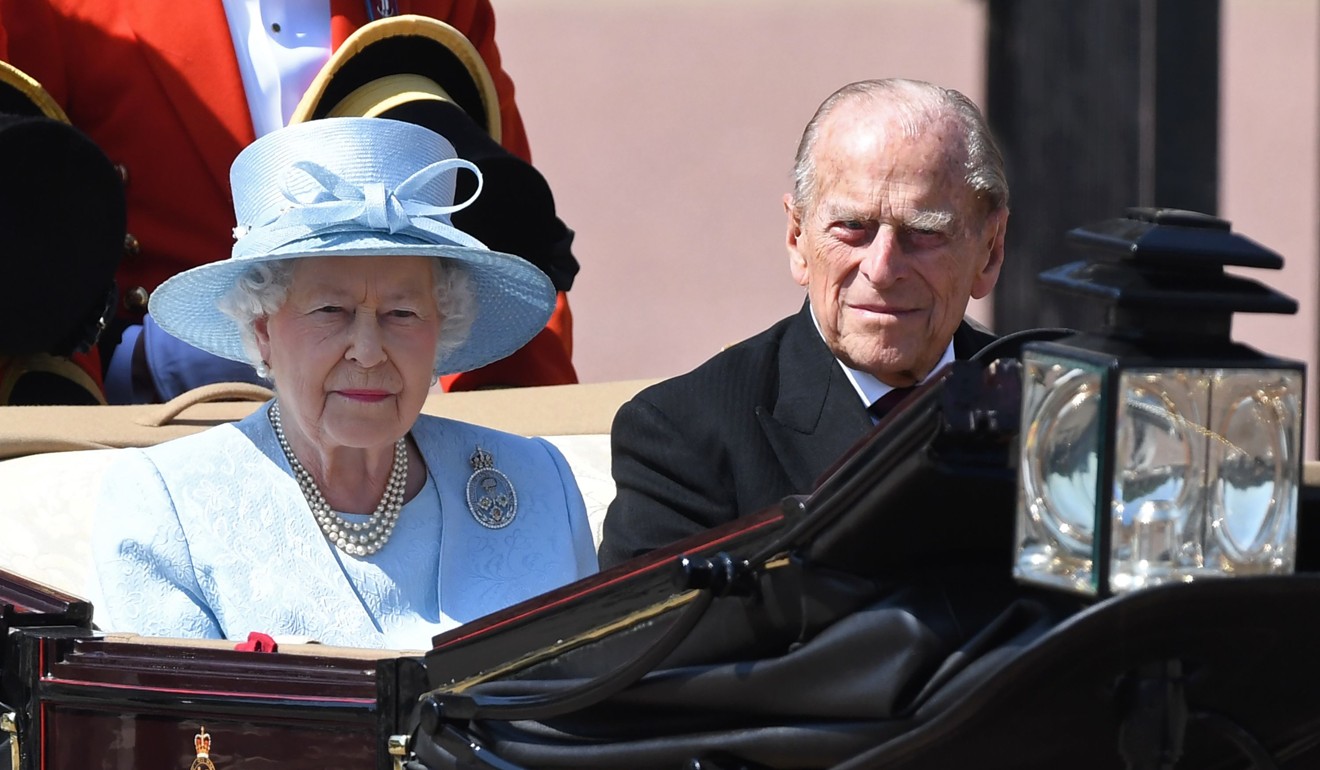
Queen Elizabeth’s income rises to US$104 million to cover cost of Buckingham Palace renovations
The works on the monarchy’s headquarters are expected to start in the coming months with ripping out 60-year-old rubber cabling, deemed the most pressing concern
Britain’s Queen Elizabeth is in line for a near-doubling of her income to more than £82 million (US$104 million) due to a government decision to increase her funding to cover “essential works” to Buckingham Palace.
The Crown Estate, which owns most of Regent Street and swaths of St James’s as well as thousands of acres of farmland, forests and coastline, made £328.8 million profit in the year to the end of March 2017, an 8 per cent increase on the previous year.

The Queen’s share of the last year’s profits will amount to £82.2 million – but she will have to wait until 2019, as her income from the estate is paid two years in arrears. Last year the Queen’s take was £42.8 million, and in 2012 it was £29.1 million.
The rise was agreed to fund the £370 million refurbishment of Buckingham Palace, including replacing the ageing electrical and plumbing systems with their vulcanised India rubber cabling and ancient toilet cisterns. The public cost of the monarchy excludes those of security, which are not revealed.
Details of the increase were released as Buckingham Palace accounts revealed the royal family last year spent £4.5 million on travel.
The most expensive journey was aboard the new government Voyager “state jet”, introduced by former prime minister David Cameron for official government and royal family use to save costs.

The royal train, used only by the Queen, the Duke of Edinburgh and Charles, proved to be the most expensive form of travel on a per-kilometre basis. Prince Philip, who is retiring from official engagements at the end of the summer, ran up a bill of £18,690 by taking the royal train to Plymouth, Devon, to attend a dinner at the Royal Marines barracks.
A two-day train journey by Charles from Windsor to Lancashire, Cumbria and West Yorkshire cost £46,038. The train was used on 14 occasions last year, and costs between £800,000 and £900,000 a year. An official said it was good value for money and, “although not the cheapest way” was better in terms of safety, security and convenience for the elderly royals.
Prince Charles also spent £73,297 on a private charter to attend the funeral of Shimon Peres in Israel, and a further £72,756 on a charter for him and his wife to pay an official visit to Muscat, Abu Dhabi and Bahrain.
The air travel costs to send the Duke and Duchess of Cambridge on an official tour of India were £97,703 in charter and scheduled flights.
Officials said members of the royal family “quite frequently” travelled business rather than first class, but each journey was tailored to circumstance. “If you are expected to arrive and be greeted formally by a head of state and do all sort of engagements when you land, there is quite a strong argument to go in as comfortable a fashion as you can,” said one. The queen had the veto on expensive travel, and exercised it.
Of the cost, Sir Alan Reid, the Keeper of the Privy Purse, said: “It accounts for 65p per person per annum in the UK; that’s the price of a first class stamp. When you consider that against what the Queen does and represents for this country, I believe it represents excellent value for money.”
MPs voted 464 to 56 to approve the change. Two Labour MPs, Rushanara Ali and Dennis Skinner, and all Scottish Nationalist MPs were among those who voted against.

